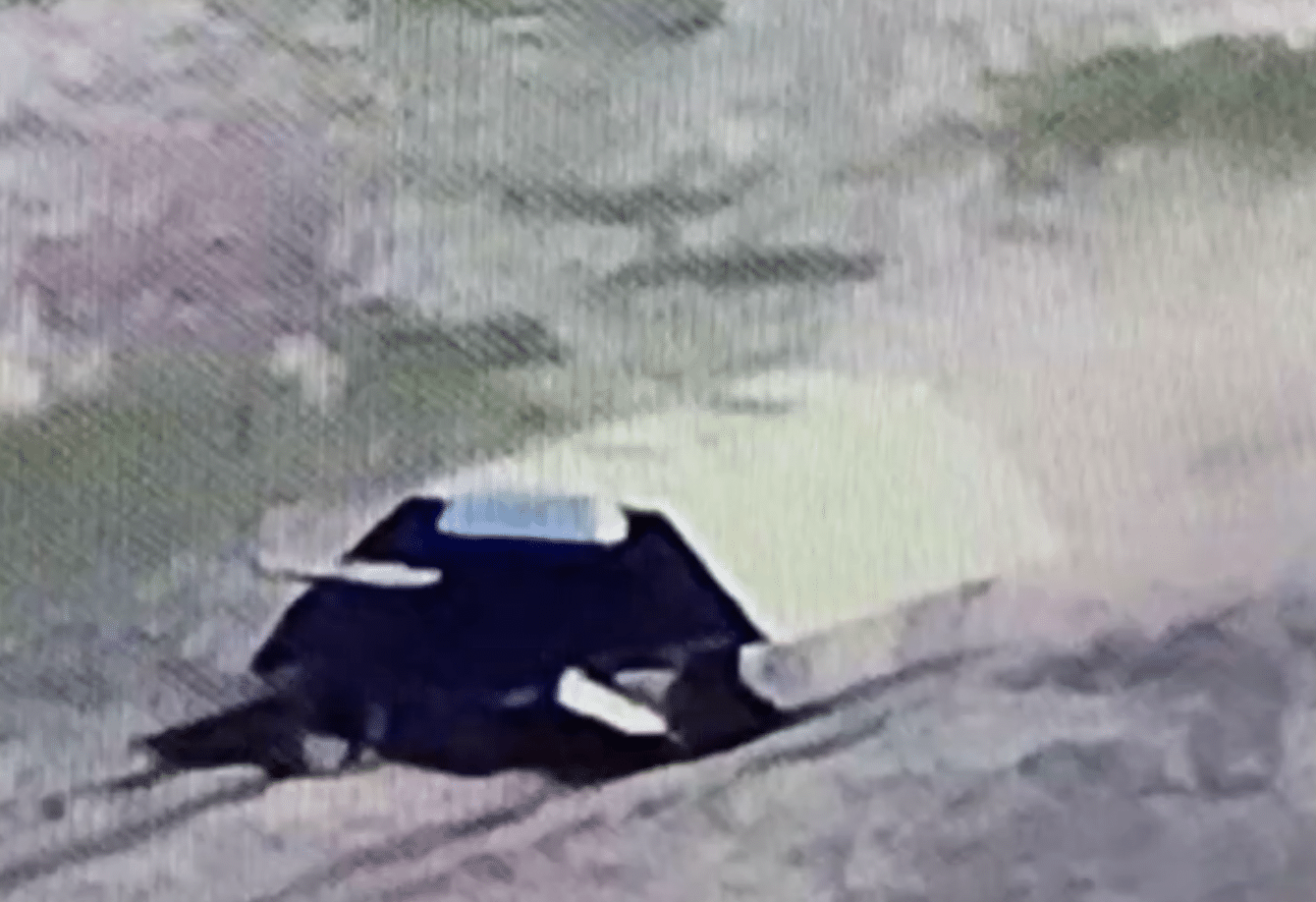Recent footage has surfaced indicating an unconventional approach by Russian tank crews to mitigate the threat posed by Ukrainian explosive drones. A video showcases a Russian tank equipped with a fixed, shell-like metal structure maneuvering through a field near the Donetsk town of Krasnohorivka. This area has been a hotspot in the conflict between Russia and Ukraine, with Donetsk City under Russian control. The “turtle” encasement, which partially obscures the tank’s main gun, has sparked a flurry of online jokes and memes, drawing comparisons to a “Russian Ninja Turtle tank.”
The latest invention of the great ruZZian army, the turtletank, camoflaged to the latest modern warfields. pic.twitter.com/2Z1orzJ6kP
— Sander (@SanderRegter) April 8, 2024
The adaptation is seen as a response to the significant losses Russia has incurred in its tank fleet since the onset of its invasion of Ukraine in February 2022. Estimates by the International Institute for Strategic Studies earlier this year put Russian tank losses at approximately 3,000 units. The use of improvised armor on Russian military vehicles is not new; it has been a continuous effort to provide additional protection against strikes. Recently, such defensive measures have also been extended to naval vessels.
The introduction of “cope cages” or additional fortifications on tanks and other military assets aims to mitigate the damage from precision munitions strikes. Ukraine’s effective use of first-person-view (FPV) drones against a variety of targets has been a significant factor in this development. These drones have become a preferred method for targeting Russian armored vehicles, prompting Russia to explore various countermeasures, including electronic warfare systems and FPV drone suppression technologies.
The cope cage and EW station with 8 antennas couldn’t save another invincible T-90M from suffering the same fate as the other ones. pic.twitter.com/tU0yO78Fip
— Rocke Fella – NAFO Raccoon Spec Ops (@NAFORaccoon) April 2, 2024
Despite these efforts, the effectiveness of the turtle-like armor remains uncertain. The structural design limits the tank’s firing capabilities and mobility, presenting a potential drawback in combat situations. Furthermore, the adaptation illustrates the dynamic nature of modern warfare, where technological advancements and innovative tactics continually shape the battlefield. As both Russian and Ukrainian forces adapt to new threats, the conflict showcases an ongoing evolution in military strategy and hardware improvisation.
💥🎉 Russian “turtle tank” that participated in the attack on Krasnohorivka was destroyed by a strike on a hangar. Nearby tanks were also destroyed! pic.twitter.com/83QZu4G2xz
— The Ukrainian Review (@UkrReview) April 9, 2024
Expanded Coverage:






